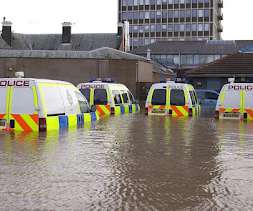Managing Emergencies: The Challenges of the Future
Emergency Planning
OCTOBER 21, 2022
Recently, I spoke to a senior emergency planner who has worked for years in the transportation and nuclear industries. The bureaucratic approach Emphasis is quite rightly placed on mitigating these impacts and preparing to adapt our lives and livelihoods to climate change. It lacks a national emergency operations centre.














Let's personalize your content